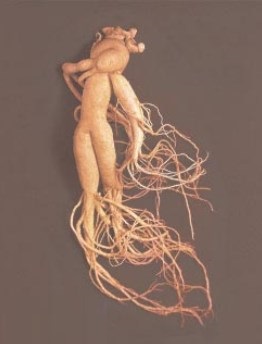That text is from the JP Wikipedia page, so following those references: number 6 refers to a lecture at Mie University (which has a fairly new Ninja research program going) and states くノ一の術 is the use of a female, and female ninjas likely didn’t even exist. Number 8 refers to a book (I can’t read it fully without buying) but seems to be speculation on behalf of the author that it’s a female ninja. The main text they are referring to is the one I mentioned before, the 萬川集海, which is the earliest known use of the word (1670’s) and refers to the use of a female. I would be interested if you had any other sources from that period that say ‘female ninja’?
I wouldn’t say any of that supports the definitive meaning of ‘female ninja’. That meaing seams to be so ingrained into people that its just assumed to be correct, though Yuji Yamada at his team at Mie University are doing good work to clear that up. It seems nitpicky, but its a technique used by shinobi, that uses a female (くノ一) , the くノ一 is just part of the technique, not a shinobi themselves. Particularly as elsewhere in the book it stresses about loyalty, trustworthiness, training etc, which its seems a くノ一 does not have or cant be trusted. There is also another word in there referring to a male ‘agent’ (similar in concept to くノ一), further making the distinction between actual shinobi and people just being used as part of a strategy.
For direct reference, this is some of the pages in the 萬川集海 referring to くノ一, from the Iga city digital museum. A few historians have made translations of the text, and its also thought that the black dots covering the text were ‘censoring’ derogatory comments (nobody alive has seen the original documents and its assumed to have been destroyed at some point in history, the next best thing is 2nd gen copies)
https://trc-adeac.trc.co.jp/WJ11E0/WJJS06U/2421605100/2421605100100020/ht200100


 . Or at least ninja techniques used by women.
. Or at least ninja techniques used by women. .
.